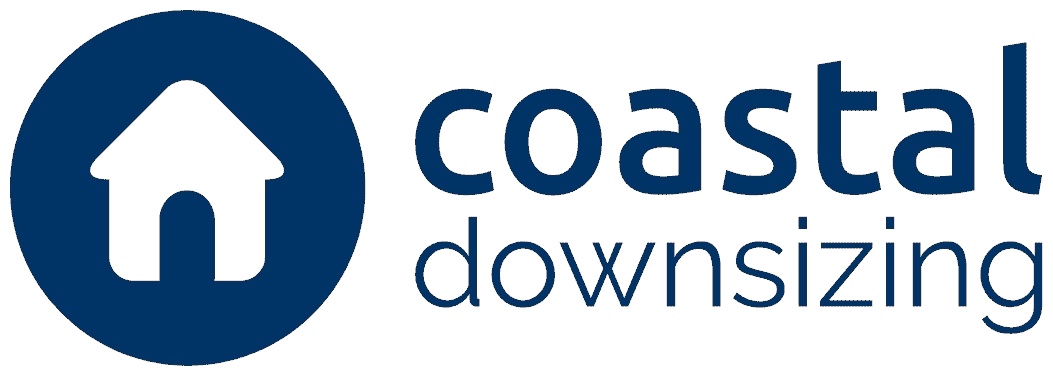What? It Starts at a Dollar?
Why low opening bids will reach market value in a well-run online auction.
We hear this all the time: “If it starts at a dollar, won’t it sell for a dollar?” Short answer: not when the item has real market demand and the auction is marketed properly. In fact, a low opening bid is one of the most reliable ways to reveal true market value, because it maximizes participation and lets competition do the pricing. At Coastal Downsizing, we use dollar starts strategically to attract more bidders, create momentum, and let the market set the pricetransparently.
How price discovery actually works
Auctions are a price-discovery engine. “Value” isn’t what a price guide, memory, or a single offer says; it’s what willing, informed buyers will pay today after they’ve all had a fair shot. A low starting bid invites the widest audience to engage. Once bidders enter, they don’t bid against the start, they bid against each other. If an item truly commands $300, $3,000, or $30,000 in the current market, an open, competitive auction with the right exposure will pull it there.
Why starting at a dollar helps, not hurts
A high starting price can scare off bidders who might have participated and driven the final result upward. A dollar start removes that friction. It reduces anchoring (the bias created by seeing a big starting price), signals confidence, and increases early engagement. Early engagement leads to more watchers, more competing bids, and stronger closing action. Many online platforms also use “extended bidding” or “soft close,” so last-second bids keep the lot open briefly, allowing competition to finish fairly. That structure favors market-value outcomes over “sniped” bargains.
Reach is everything: advertising turns $1 into the right number
A dollar start only works if the right buyers see the item. That’s where professional marketing pays off. For every auction we run, we build exposure with professional photography, accurate descriptions, category-specific keywords, email campaigns to known buyer segments, targeted social ads, listing syndication, and prominent placement on our auction platform. The result is a larger, more qualified bidder pool. Larger pools produce tighter bidding ladders and prices that line up with actual demand. If an item has that value in the marketplace, broad exposure plus competition will uncover it
Perceived value vs. market value
Sometimes a seller’s “perceived value” is higher than current demand supports, and no pricing method can manufacture demand that isn’t there. But when there is real demand, auctions tend to be more efficient at reaching it than fixed-price formats. That’s because buyers are reacting to each other’s willingness to pay in real time, with clear deadlines, rather than guessing whether to make an offer on a tagged price. It’s transparent, time-certain, and outcome-driven.
Momentum matters
Bidding momentum is a powerful force. Early small bids create social proof that “this is worth competing for,” pulling in more bidders who might have hesitated at a high start. As the close approaches, increments tighten, competitive instincts kick in, and the final price converges toward the true market level. The opening dollar was simply the on-ramp.

Protection without handcuffs
There are also seller-side tools, when appropriate: seller confirmation, thoughtful lotting, grouped sales, and clearly stated terms to ensure serious participation. The goal is to balance confidence and protection without choking off competitive energy. Most of the time, dollar starts with full exposure outperform cautious high starts that keep bidders on the sidelines.
Reality check: the world’s finest assets sell at auction
Auctions are not just for yard goods. Some of the most coveted assets on earth transact at auction: blue-chip fine art, elite classic cars, rare coins and jewelry, trophy real estate, vintage wine and spirits, even championship memorabilia. Sellers choose auction because it concentrates global attention on a defined timeline, invites qualified buyers to compete, and produces market-credible results in public view. If auctions can efficiently price eight-figure paintings and record-setting automobiles, they can certainly price a mid-century bedroom set, a coin collection, or a waterfront fixer.
What this means for your downsizing or estate
When we start items at a dollar, it’s not because they’re “only worth a dollar.” It’s because we’re confident in our marketing and in the market. The low opening bid widens the door, our advertising brings the right buyers through it, and competitive bidding carries the item to its true level. If the demand is there, the price will find it.
Bottom line
Dollar starts don’t discount value; they reveal it. In a professionally marketed online auction, competition plus exposure is what sets the price, not the opening number. That’s how we turn “What? It starts at a dollar?” into “That sold exactly where it should.” If you’re weighing options for your estate or downsizing project, we’re happy to evaluate your items and recommend a strategy that maximizes reach, participation, and results.

